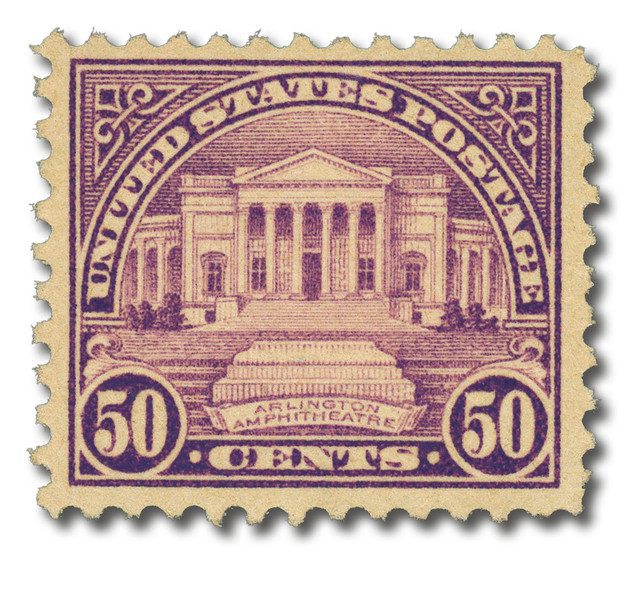On April 6, 1866, in Springfield, Illinois, Dr. Benjamin F. Stephenson founded the Grand Army of the Republic (GAR) to bring together Civil War veterans. The GAR provided veterans with support and camaraderie and was influential in the creation of Memorial Day and more…
After the Civil War, state and local organizations were founded throughout the country to help veterans stay in contact with each other. These organizations were created to provide fellowship and aid to those veterans in need.
Dr. Benjamin F. Stephenson founded the GAR on the principles of “Fraternity, Charity, and Loyalty.” Membership was open to honorably discharged Union veterans of the American Civil War who served between April 12, 1861, and April 9, 1865. This included members of the Army, Navy, Marines, and US Revenue Cutter Service.
The GAR was founded to provide fellowship among the men who fought to preserve the Union, to honor those killed in the war, to care for veteran dependents, and to preserve the US Constitution. It established soldiers’ homes, was active in relief work, and lobbied for pension legislation.

They also helped to establish Memorial Day. On May 5, 1868, the GAR’s commander-in-chief, John A. Logan, issued a proclamation that May 30 would be Decoration Day, to honor those who died “in defense of their country during the late rebellion.” He chose the day because it wasn’t the anniversary of any battle and according to some sources because that was the best day for flowers to be in bloom. There were memorial events in 183 cemeteries in 27 states that year.
The GAR quickly spread across the country. They were the first integrated society of their kind, gladly welcoming Black Union veterans into their midst. They also had significant political power and were a major advocate for the Republican Party, especially during the Reconstruction Era. They were partly responsible for the elections of Presidents Grant, Hayes, Garfield, Harrison, and McKinley. At its peak in 1890, the GAR had over 490,000 members.
The GAR helped preserve the Gettysburg Battlefield, paving the way for it to later become a national park. They also held some of their encampments there. Among these was one held for the 50th anniversary of the battle, which was attended by more than 50,000 Union and Confederate Veterans.

The GAR held encampments all over the country every year since it’s founding. These encampments were multi-day events involving meetings, formal dinners, memorial events, and camping. At the 1889 encampment in Milwaukee, Wisconsin, local letter carriers came together to discuss their issues. At the time, the cries of city postal workers for eight-hour days, increased pay, and better working conditions were ignored by politicians. At the encampment, 60 postal workers met and adopted a resolution to form the National Association of Letter Carriers.
The Final Encampment of the GAR was held in Indianapolis, Indiana, in 1949. Only 16 members were still alive, with six present at the meeting. At the final campfire, the colors (flag) of the GAR were retired for the last time, and a Marine Band bugler played “Taps.” Its last member was Albert Woolson, who died in 1956 at the age of 109. The Sons of Union Veterans of the Civil War later succeeded the GAR.
| FREE printable This Day in History album pages Download a PDF of today’s article. Get a binder or other supplies to create your This Day in History album. |
Discover what else happened on This Day in History.





No responses? I’ve got one. I gladly thank these brave veterans, those who survived and those who gave the ultimate sacrifice for their country to continue to grow and become a great nation under GOD !! A wonderful history recap. Thanks again!! That stamp has deep meaning behind it!!
Outstanding summary of the GAR!
Albert Woolson enlisted as a drummer-boy, something that many very young boys on both sides attempted to do. At the time of his death he was a resident of Duluth, Minnesota.
In an article concerning his death that appeared in the Minneapolis [MN] Star it was reported that there were still three Confederate veterans living at that time. One stated something to the effect that “The Yanks may have defeated us, but we outlived them.”
What’s interesting to note is that US Highway 6, a national transcontinental highway running east-west in either direction from Provincetown, MA to Bishop, CA is known as the Grand Army Of The Republic Highway. The route has been modified several times since its creation in 1926. At one time the highway’s western terminus was at Long Beach from 1936 to 1964 and was the longest highway in America. Today it’s the second longest after US Highway 20 from Boston to Newport, Oregon outside of Portland.